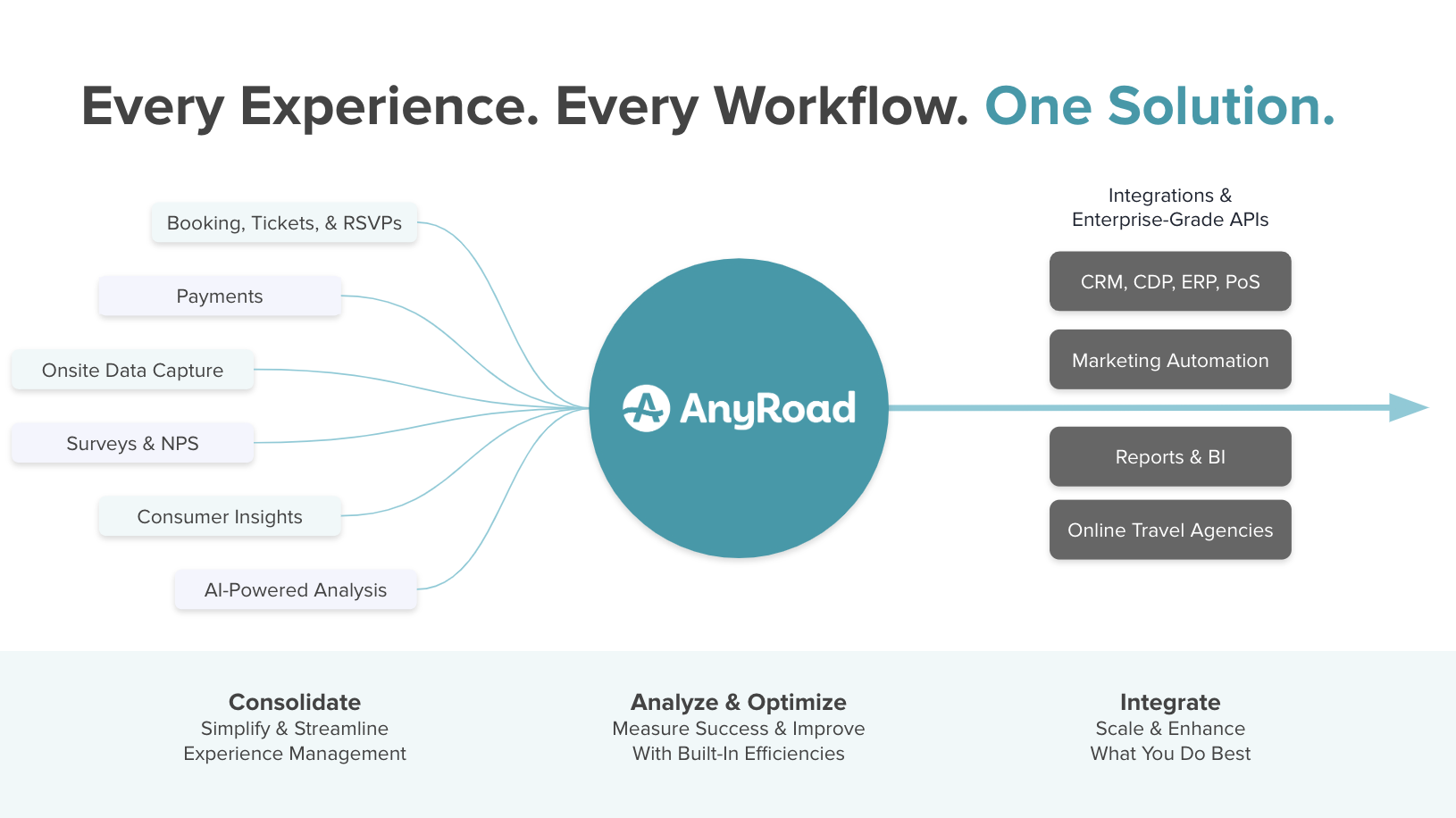What is Brand Equity?
Brand equity is the perceived worth of a brand in the minds of consumers and the impact of the perception on the brand’s bottom line. You can determine this company-generated value premium by comparing its product with a recognizable name to its competitors.
Components of Brand Equity
Brand Awareness
The first step towards building brand equity is creating awareness. A brand can only hold value if it’s known to its potential consumers. Building an awareness strategy through digital and physical channels can directly impact this component.
Brand Loyalty
Brand loyalty is the number of consumers repeatedly purchasing the same brand and its products. When it comes to brand equity, knowing that consumers prefer a specific branded product over others significantly contributes to perceived worth.
Perceived Quality
When customers perceive a product or service as high quality, they are more likely to develop a positive perception of the brand that offers it. This perception, in turn, leads to higher brand equity, as customers are willing to pay a premium price for high-quality and reliable products.
Brand Associations
Consumers often associate brands with specific attributes that define their products or services. For instance, we associate Nike with sportiness, quality, and innovation or Coca-Cola with happiness, refreshment, and trust. These positive or negative associations influence our perception of the brand and determine our likelihood to buy and recommend it.
Importance of Brand Equity
Brand equity is much more than a trendy marketing term. It is strategically important for businesses and can directly influence a company's financial performance.
Premium Pricing
Brands with high equity levels allow companies to charge a premium price for their offerings due to increased consumer trust, loyalty, and perceived quality. Furthermore, as a brand's equity grows over time, it can help establish a competitive edge in the market, making it easier to justify premium prices to discerning consumers without losing them to other brands.
Customer Loyalty
Consumers perceive a brand as reliable, dependable, and trustworthy when it has high equity. These positive associations with the brand persuade customers to keep coming back for more, and they’re more likely to forgive any shortcoming because of positive perception. As a result, companies gain a competitive advantage over their rivals and a more loyal customer base.
New Product Launch
Consumers who are familiar with the brand and have developed trust in its products or services are more likely to purchase and recommend a new product to others. Additionally, having a well-established brand can increase the perceived value of the new product, making consumers more willing to pay a higher price.
Building Brand Equity
Developing brand equity doesn't happen overnight. It results from strategic planning, consistent execution, and a deep understanding of the target market.
Understanding the Target Market
Knowing your audience allows you to identify their unique needs and create targeted messages that resonate with your customers, leading to increased engagement and loyalty. Ultimately, building brand equity requires an in-depth understanding of your target market and tailoring your brand's presentation and messaging to address those needs and values.
Creating a Unique Brand Identity
A strong brand identity isn’t just about having a catchy name or an eye-catching logo but communicating what your brand stands for and the value it can offer your customers. When you create a unique brand identity, you essentially create a personality for your brand that helps your customers connect with your brand on an emotional level.
Delivering Quality Products and Services
Building brand equity requires an ongoing commitment to quality, but the rewards are significant and long-lasting. Quality products and services are key to building a strong brand that can weather product issues or market changes. This essential process builds a company's reputation, fosters customer loyalty, and helps it compete in today's market.
Building Strong Customer Relationships
By cultivating positive, personal connections with your consumer base, you're more likely to generate repeat business and build brand equity. Brand equity is essentially the sum of all the intangible assets that contribute to your brand's overall value and perceived worth, and by building strong customer relationships, you're investing in these intangible assets as your customers become more loyal to your brand, better recognize your name and logo, and trust your ability to meet their needs.
Brand Equity Frequently Asked Questions
What is the difference between brand equity and brand value?
Brand equity refers to the perceived worth of a brand in the minds of consumers, while brand value is the financial worth of the brand to the company.
Why is brand equity important?
Brand equity is important because it allows a company to charge premium prices, promotes customer loyalty, and facilitates the launch of new products.
How can a company increase its brand equity?
A company can increase its brand equity by understanding its target market, creating a unique brand identity, delivering quality products and services, and building strong customer relationships.
Can brand equity be negative?
Yes, brand equity can be negative if consumers perceive a brand badly. This can be due to poor product quality, bad customer service, or negative publicity.
What is the role of marketing in building brand equity?
Marketing plays a crucial role in building brand equity. It helps create brand awareness, shape brand perceptions, and build customer loyalty.
How does brand equity affect consumer behavior?
Brand equity can greatly affect consumer behavior. A high-equity brand will attract customers, promote loyalty, and influence purchase decisions.
Conclusion
Brand equity is vital for any business looking to gain a competitive edge in today's market. As we navigate the ever-evolving digital marketing landscape, the concept of brand equity continues to hold its ground. It's crucial in shaping marketing strategies, influencing consumer behavior, and driving business growth. The importance of building, maintaining, and measuring brand equity cannot be overstated for modern businesses.



%204.50.48%E2%80%AFp.m..png)
%2012.57.51%E2%80%AFa.m..png)